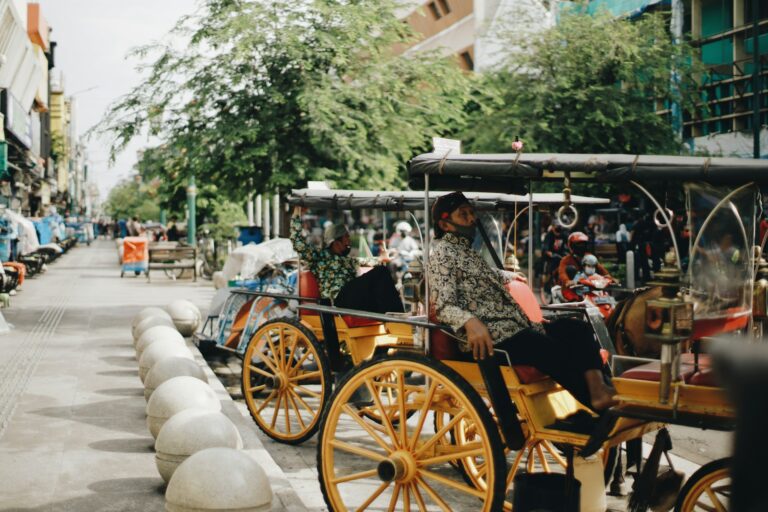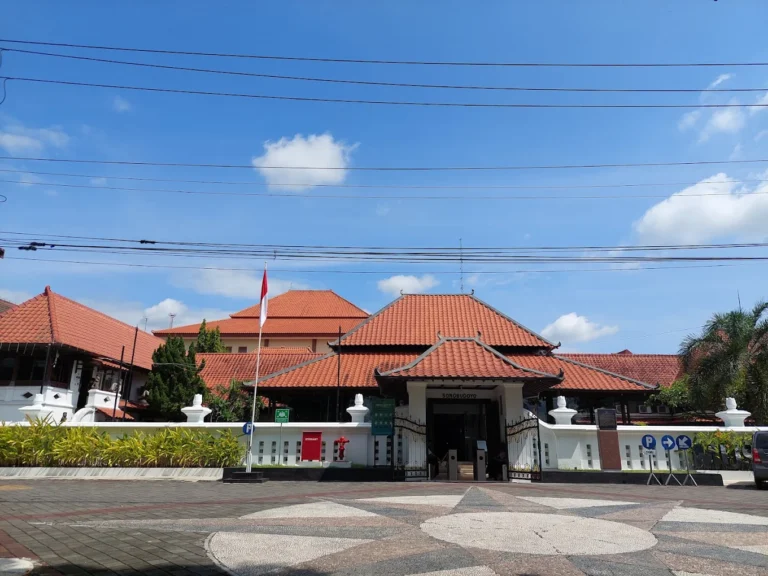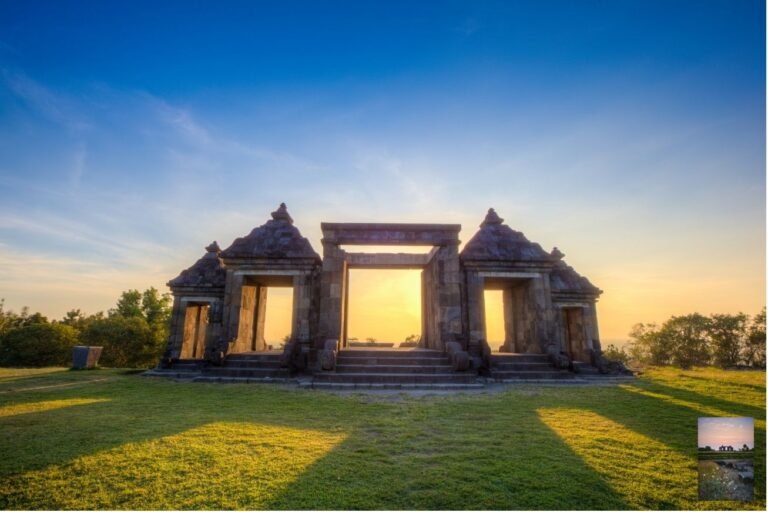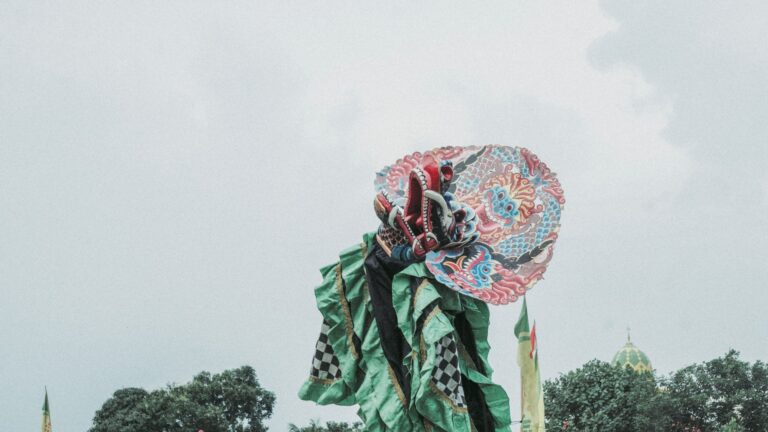History tells us that the archipelago was most productive in building temples from the eighth to the tenth century.
This period it marked the golden age for the Kingdom of Medang Mataram, also known as the Ancient Mataram Kingdom, before eventually shifting to East Java towards its end.
Because of that, you can find many temples in Central Java. Whether big or small, each has architecture with incredibly high artistic value. One is Sari Temple, located in Sleman Regency, Yogyakarta Special Region.
Let’s take a look at a brief history of Sari Temple with Yogyakarta Tours
Constructed as a Monastery for Monks
No matter how big or small the temple is, only a kingdom with a prosperous and thriving civilization can build it. The purposes behind building temples vary, whether for worshiping gods, honoring Buddha, serving as tombs, ceremony venues, etc.
Meanwhile, the Sari Temple we see today used to be a monastery for monks. Legend has it that during the reign of Rakai Panangkaran from the Medang Mataram Kingdom in the eighth century, the Sari Temple was built simultaneously with the Kalasan Temple.
The connection between these two temples is explained in the Kalasan Inscription (778 AD), currently housed in the National Museum, Jakarta.
Upon the advice of religious advisors from the Syailendra Dynasty, Maharaja Tejapurnama Panangkarana, believed to be Rakai Panangkaran, eventually built two temples for worship and monastic purposes.
Kalasan Temple was erected to worship Dewa Tara, the goddess of wisdom in Hindu belief. Meanwhile, the Sari Temple was built as a meditation place and a vihara for learning and teaching by Buddhist monks.
Read More: Mendut Temple: Embracing the Majesty of the Giant Buddha Statue’s Throne
Filled with Statues and Carvings
Sari Temple is on the smaller side, measuring 17.3 x 10 meters. From the ground to the top of the stupa, the overall height is about 18 meters. The temple originally had three floors.
The top floor was used for storing religious items, while the bottom floor served as a place for discussions, learning, and other spiritual activities. The three adjacent rooms were each sized 3.48 x 5.8 meters.
To emphasize its multi-story structure, there are protruding walls in the middle of the temple. Additionally, there are pillar-lined niches along the upper-level walls. These niches are empty now, but it’s believed that they once housed many Buddha statues.
Despite that, there are still some remaining statues. At the door and window thresholds are pairs of standing statues of a man and a woman holding lotus flowers. In total, there are 36 statues, each human-sized, scattered around Sari Temple. They are distributed with 12 statues on the west wall and 8 each on the north, east, and south walls.
Sari Temple Architecture
The Sari Temple has a unique shape with two rooms inside. A door and window connect each room. It’s no wonder that when you look at the temple from the outside, it resembles a castle.
Indeed, this Buddhist temple used to serve as a residence for monks. On the outer part of the temple, you’ll find beautiful sculptures of statues. As you enter the inner area, you’ll be greeted by statues of a man and a woman holding lotus flowers.
The origin of the Sari Temple dates back to the 8th century AD during the rule of Rakai Panangkaran. The temple was built at the same time as Kalasan Temple.
Unfortunately, Sari Temple suffered significant damage due to natural disasters. It was rediscovered in the early 20th century in a severely damaged state.
When Does It Build?
The Time When Sari Temple Was Built: It’s estimated that this temple was constructed around the 8th century AD, along with the Kalasan Temple building, during the rule of Rakai Panangkaran.
The connection between these two temples is explained in the Kalasan Inscription (700 Saka years / 778 AD).
In the inscription, it’s mentioned that religious advisors from the Syailendra Dynasty suggested Maharaja Tejapurnama Panangkarana, believed to be Rakai Panangkaran, to establish a sacred structure to worship Dewi Tara and a monastery for Buddhist monks.
Kalasan Temple was built to worship Dewi Tara, while Sari Temple was built as a monastery for Buddhist monks. Judging by the overall form and the parts inside Sari Temple, it’s assumed that this temple served as a residence or dwelling place for Buddhist monks.
Read More: 5 Secret Photography Spots at Prambanan: Revealed Only by Skilled Photographers!
A Building That’s No Longer Whole
The Sari Temple might not be as grand or massive as Sewu, Prambanan, or Borobudur, but this historical relic has not lost its charm and beauty.
Sari Temple was in serious disrepair when it was rediscovered in the early 20th century. Restoration efforts were carried out under the command of Dutch archaeologist A.J. Bernet.
However, the extensive damage and loss of many parts, especially those not made of stone, made it impossible to restore the original structure fully.
According to Kempers, the Sari Temple was believed to have had a stone fence surrounding it. Additionally, the temple gate, one-third the width of the front wall and half the temple’s height is no longer present.
Location and How to Get There?
You can find Sari Temple on Candisari Street in Bendan Village, Tirtamartani Subdistrict, Kalasan District, Sleman Regency, Special Region of Yogyakarta. Because it’s in Bendan Village, people often call it Benda Temple.
It’s not far from the city center, and you can reach it in less than an hour, especially since the road there is good and wide. You can even rent a cheap car in Jogja from Nagantour and enjoy your holiday with the best travel experience in Jogja.
You can take the Jogja-Solo Road heading towards Klaten to get to Sari Temple from downtown Jogja. Once on the road, you’ll see signs directing you to Kalasan Temple on your left. Follow those signs until you reach Kalasan Temple.
However, you’ll need to make another left turn and continue north to find the location of the Sari Temple you’re looking for.
Operational Hours and Entrance Fee
The entrance fee for Sari Temple is just Rp5,000 to Rp10,000. You can visit any day between 09:00 and 17:00 local time. If you’re not satisfied exploring just Sari Temple, you can visit other nearby temple attractions.
A few temples are not far from there, such as Prambanan Temple, Plaosan Temple, Kalasan Temple, and even Sambisari Temple. Each temple has its uniqueness, so if you’re curious, just go ahead and visit them all.
Let’s Explore Yogyakarta!
Embark on an unforgettable journey to Java, Indonesia, where a world of wonders awaits! Java, the heart and soul of Indonesia, is a treasure trove of diverse landscapes, rich cultural heritage, and breathtaking experiences.
Find out the package now from Yogyakarta Tours:
- 1 Day Tours:
- Multiday Tours
Author: Pramitha Chandra







